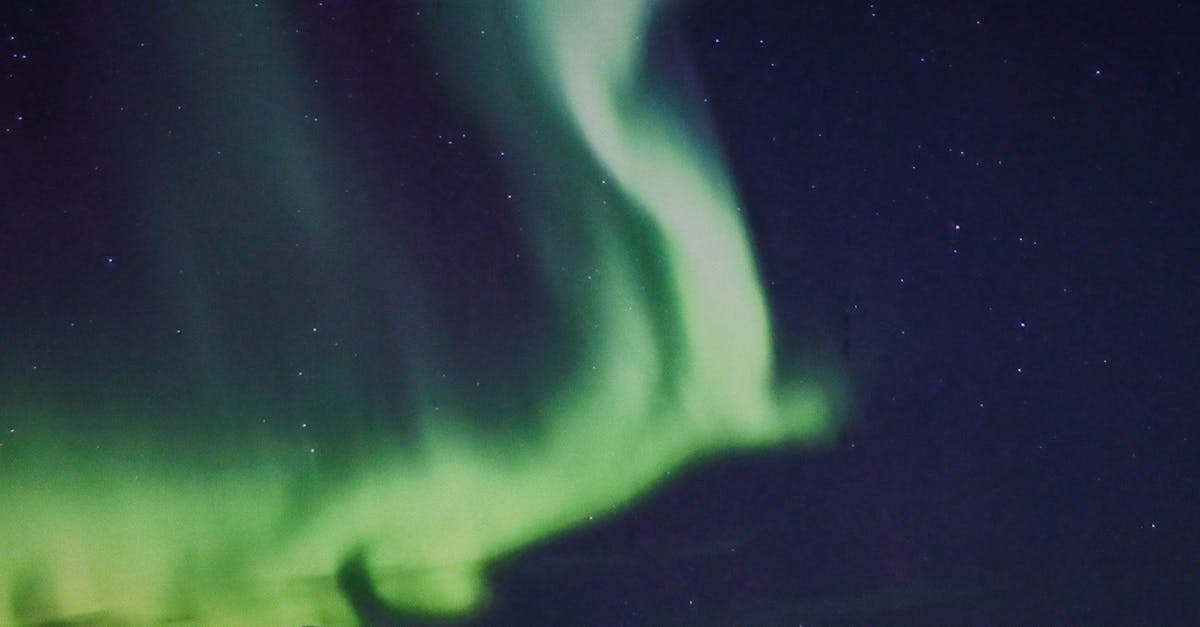
Introduction
April 2025 is a promising time for aurora borealis enthusiasts eager to catch a glimpse of the Northern Lights. Known for their luminous displays of natural beauty, these celestial phenomena are best admired in northern locations beneath clear, dark skies. As solar activity plays a crucial role in auroral displays, travelers are keen on this April's forecasted high activity levels. With the right planning, viewers across the globe can witness this dance of lights. Popular viewing spots include Scandinavian countries, Alaska, and parts of Canada. Whether you're a first-time viewer or a seasoned aurora chaser, this guide offers valuable insights for an unforgettable experience.
Understanding the Aurora Borealis
The Northern Lights, or aurora borealis, occur when charged particles from the sun collide with Earth's atmosphere. These collisions cause light emissions that, when viewed from Earth, appear as vibrant, colorful waves in the sky. The colors—often green, pink, purple, or red—are determined by the type of gas particles involved in the interactions. Solar flares and coronal mass ejections can amplify auroral displays, making solar activity forecasts pivotal for enthusiasts. Location, darkness, and weather conditions play a significant role in the visibility of the lights.
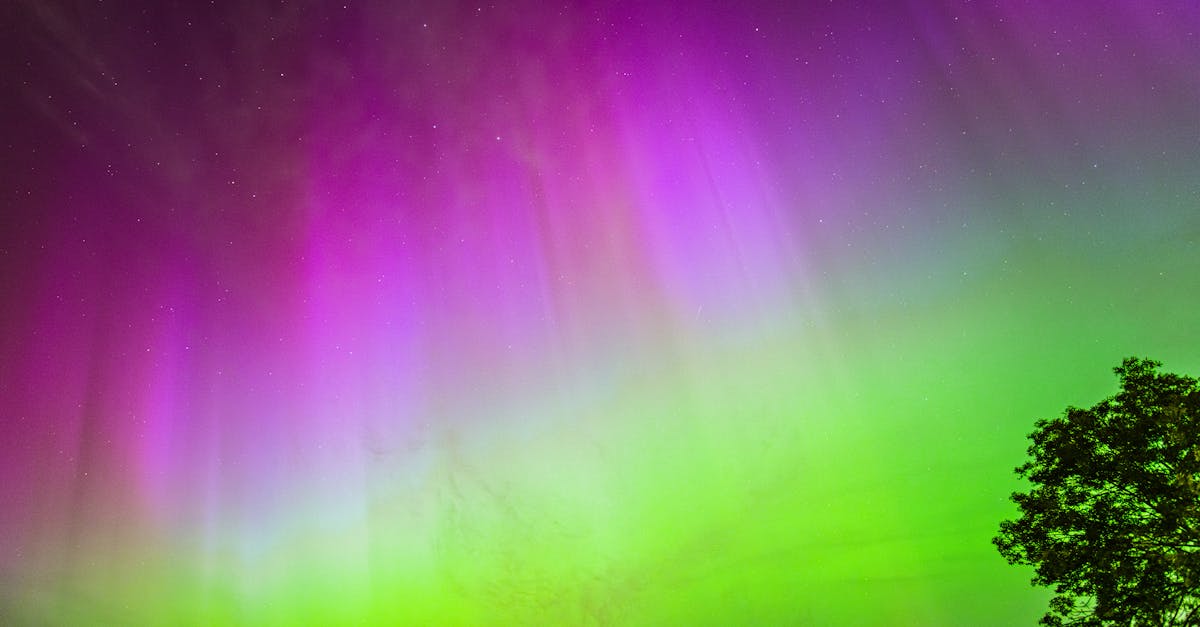
Jonas Horsch/Pexels
Best Locations for Viewing
Northern Scandinavia remains a favorite among travelers seeking optimal conditions for aurora viewing. Countries like Norway, Sweden, and Finland boast vast wilderness areas with minimal light pollution. The Lofoten Islands, Abisko National Park, and Finnish Lapland are renowned for their vibrant displays. In North America, Alaska and Canada offer expansive terrains where dark skies reveal stunning auroras. Fairbanks in Alaska and Yellowknife in Canada are popular hotspots. Iceland, with its unique landscapes and relatively mild weather, provides an added visual treat for viewers.
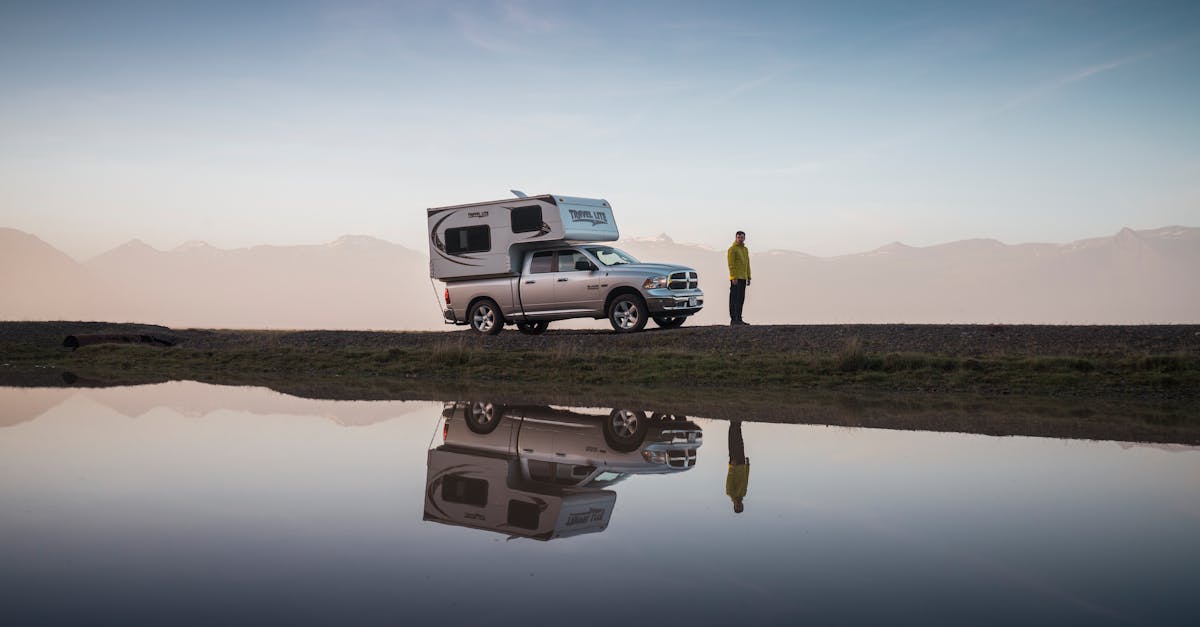
KúKú Campers/Pexels
Planning Your Aurora Adventure
Preparation is key when planning an aurora-viewing trip. Begin by identifying a suitable location with clear, unobstructed night skies. Book accommodations well in advance, as many popular destinations tend to fill up quickly during peak aurora seasons. It's wise to stay at least a few nights, enhancing your chances of witnessing a display. Equipping yourself with warm clothing, a good camera, and local guides can enrich the experience. Apps and websites that track solar activity, such as the Space Weather Prediction Center, offer valuable forecasts that help plan nightly observations.
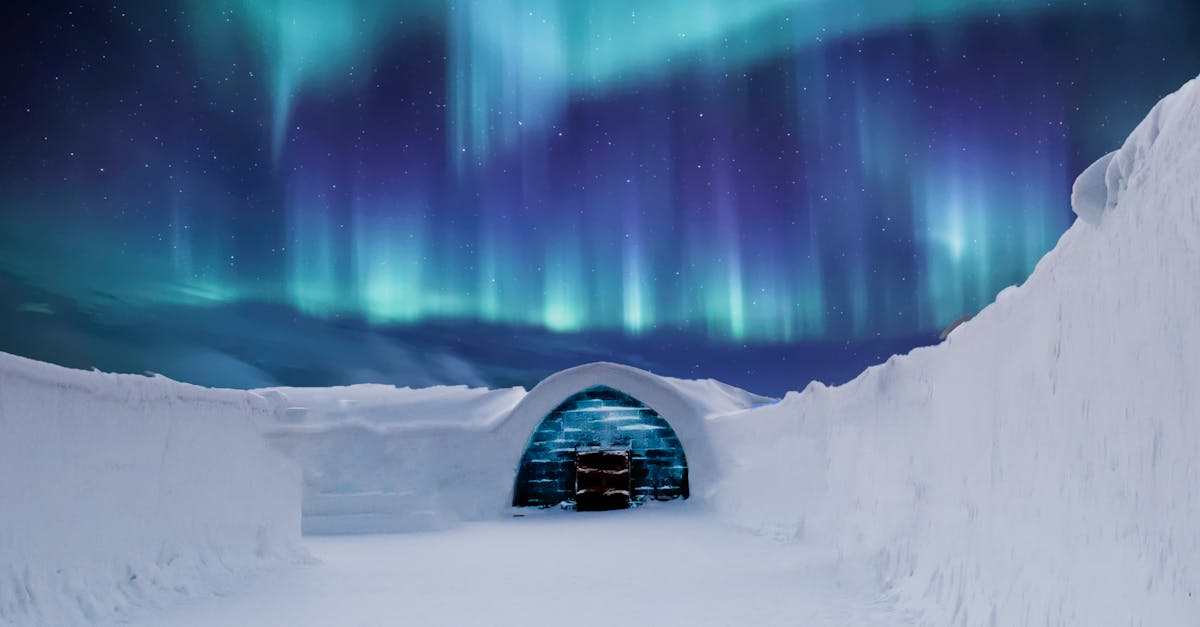
Frans van Heerden/Pexels
Capturing the Perfect Shot
Photography enthusiasts often strive to immortalize the ethereal beauty of the auroras. For best results, a DSLR or mirrorless camera with manual settings is recommended. A wide-angle lens allows for expansive shots of the sky, capturing the full magnitude of the display. Set your camera on a sturdy tripod, and use a remote shutter release to avoid camera shake. Manual mode settings include a low aperture (such as f/2.8), ISO between 800 and 3200, and an exposure time of 5 to 25 seconds. Remember to experiment with settings to find the perfect balance.
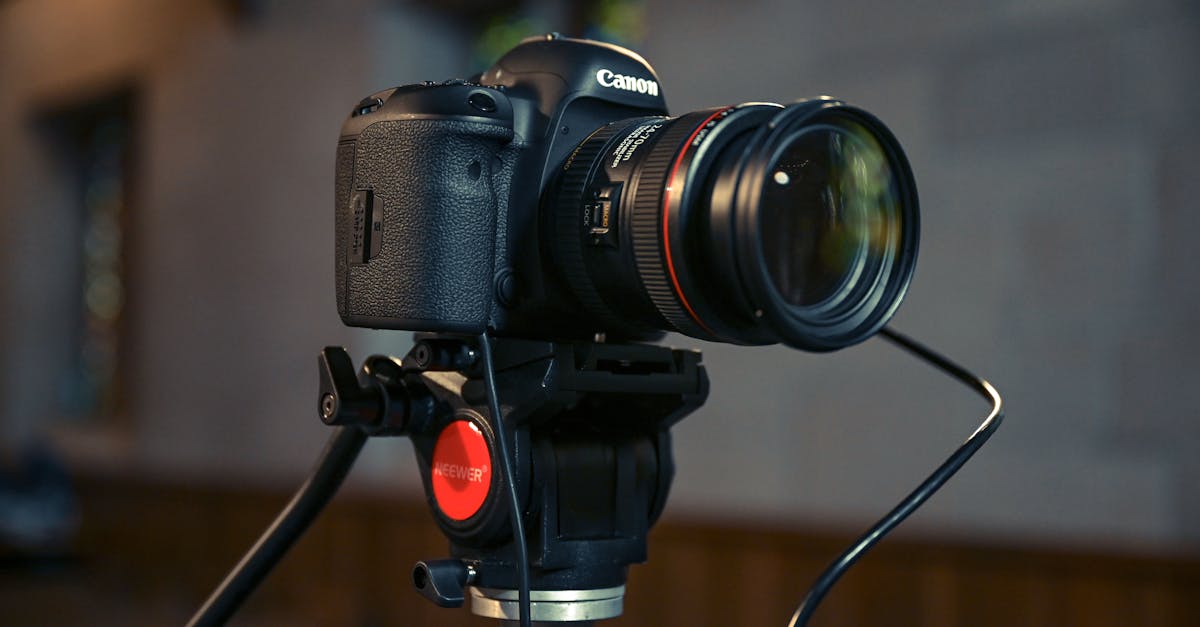
Jason Villanueva/Pexels
Weather Considerations
April's variable weather can influence aurora visibility. During this time, Scandinavia and Iceland often transition from winter to spring, potentially leading to unpredictable conditions. Traveling to areas known for clearer skies on multiple nights increases the likelihood of successful sightings. Staying updated on local weather forecasts can mitigate potential disappointments. Additionally, some regions offer clear sky viewpoints, elevated mountains, or hilltops to avoid cloud cover interference. Embrace the variable weather as part of the adventure in chasing the auroras.
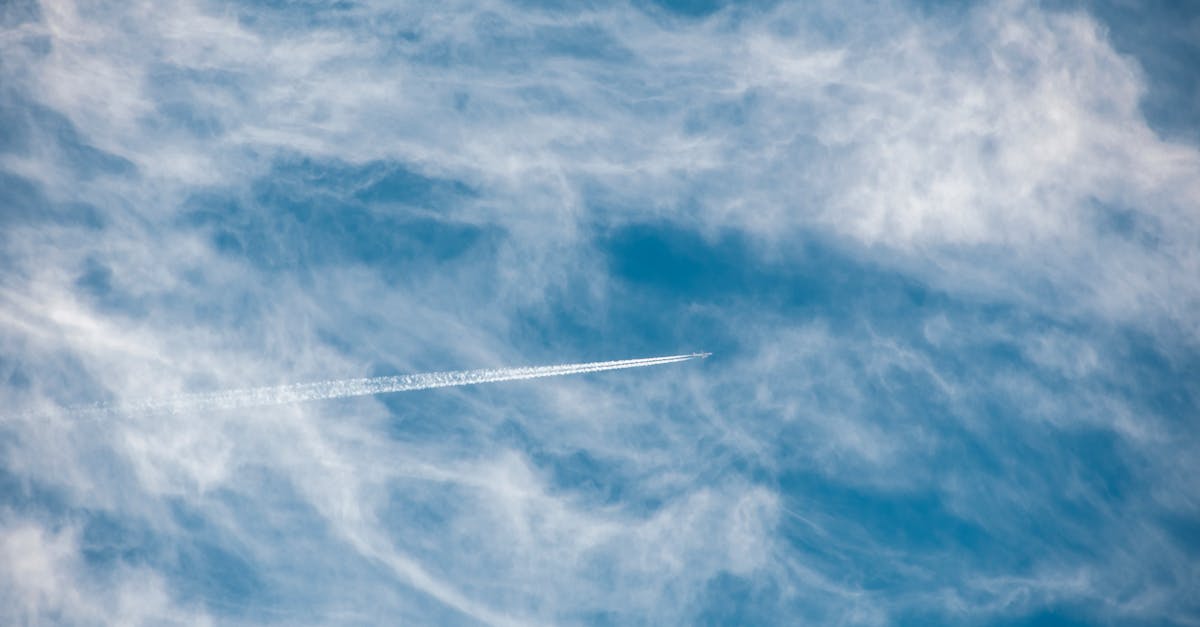
Enrique/Pexels
Aurora Myths and Legends
The aurora borealis has long inspired myths and stories across cultures. In Scandinavian legend, the lights were believed to be the reflections of female warriors known as Valkyries. The Inuit viewed them as spirits playing celestial games. These tales add depth to the experience, encouraging visitors to explore the folklore of the regions they travel to. Engaging with local beliefs can provide a richer understanding of the auroral phenomenon and how it's perceived by those who've lived with its mystical presence for generations.
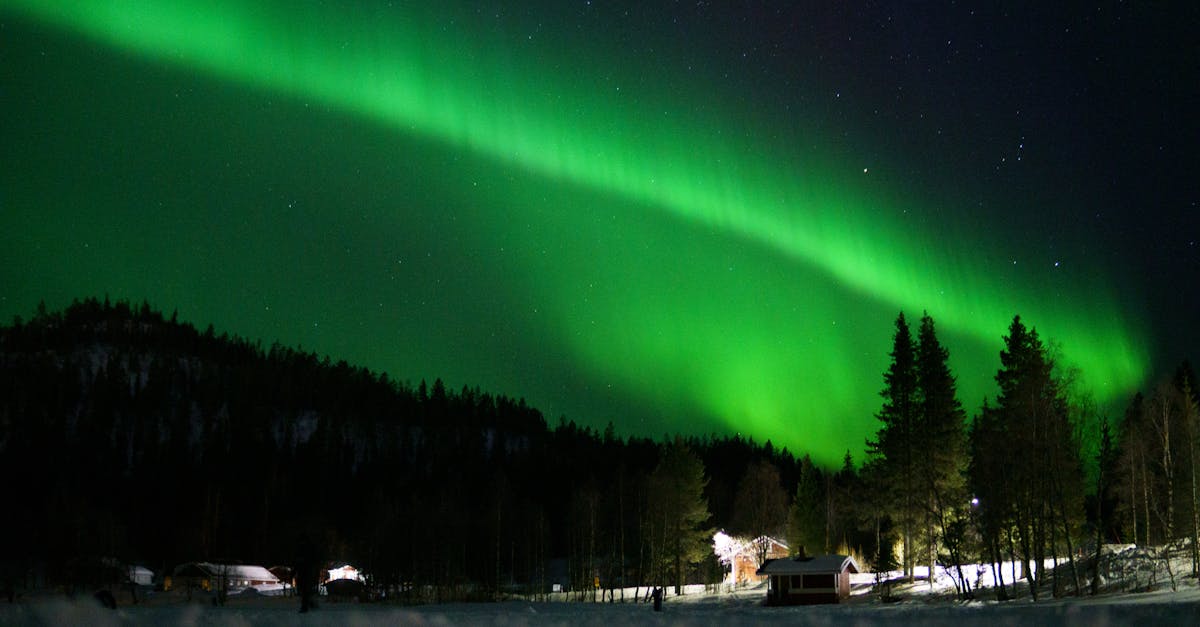
Lucien Schreiber/Pexels
Aurora and Science
While magic surrounds the aurora, scientific exploration continues to unveil its mysteries. Research led by physicists and astronomers delves into the precise mechanisms of auroral activity. Satellite missions, such as NASA's THEMIS, help scientists measure the space environment's impact on auroral dynamics. Through these projects, the understanding of space weather's relationship with Earth has grown, aiding predictions and allowing for safer space navigation. These scientific advances both demystify and intensify the allure of observing the auroras.
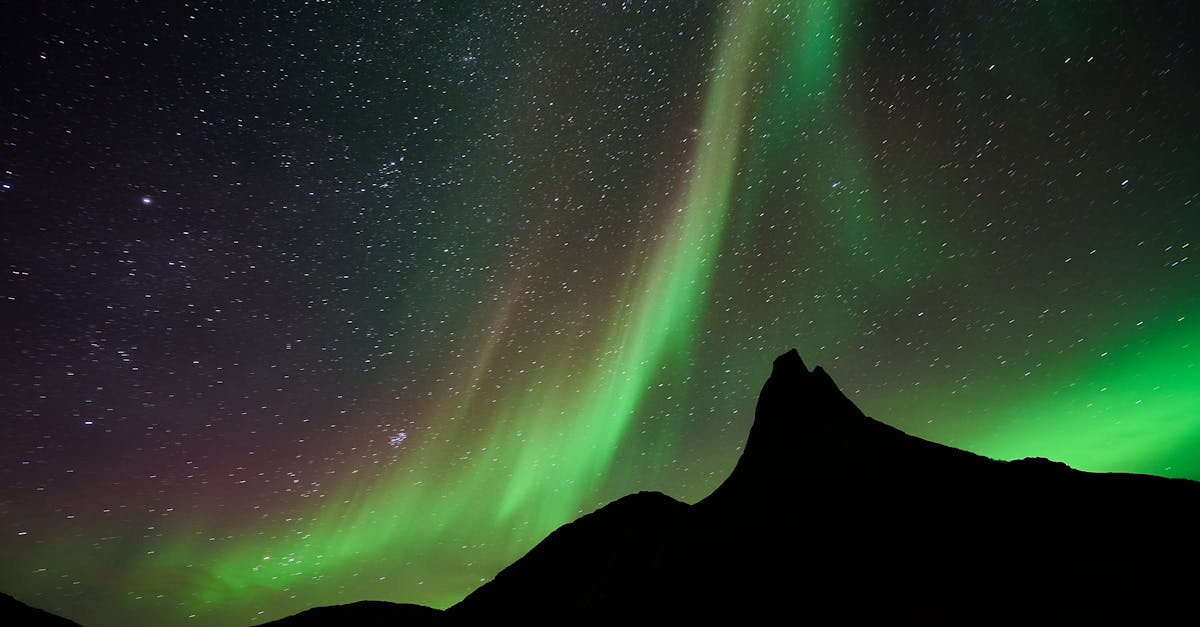
Robert Pügner/Pexels
Cultural and Local Experiences
Aurora-viewing trips offer opportunities to immerse oneself in local culture. Destinations known for auroras often host festivals celebrating their natural wonders. Activities can include reindeer sledding, traditional saunas, or indigenous storytelling sessions. By participating in these cultural experiences, travelers enrich their trips beyond the pursuit of witnessing the auroras. Communities across the aurora belt embrace visitors, offering unique insights into their way of life and fostering an appreciation for the broader environment in which the lights appear.
Conclusion
April 2025 promises to be an exciting time for viewing the Northern Lights, with the possibility of mesmerizing displays. By selecting the right location and preparing adequately, travelers can increase their chances of experiencing these celestial wonders. While the auroras offer a visual feast, they simultaneously invite exploration into the cultural and scientific realms they inhabit. Whether drawn by curiosity or a longing to witness one of Earth's most beautiful phenomena, prepare to be awed by the aurora's radiant splendor, leaving you with lasting memories.